Today, we will cover how to use the Cricut Perforation Blade. As the final blade in our series exploring Cricut's innovative tools, I'm excited to dive deep into its features and capabilities. This versatile blade enables you to create perforated cuts, making it ideal for creating tickets, tear-off coupons, and unique crafts that require easy separation. Let’s get started and see how this fun tool can enhance your crafting!
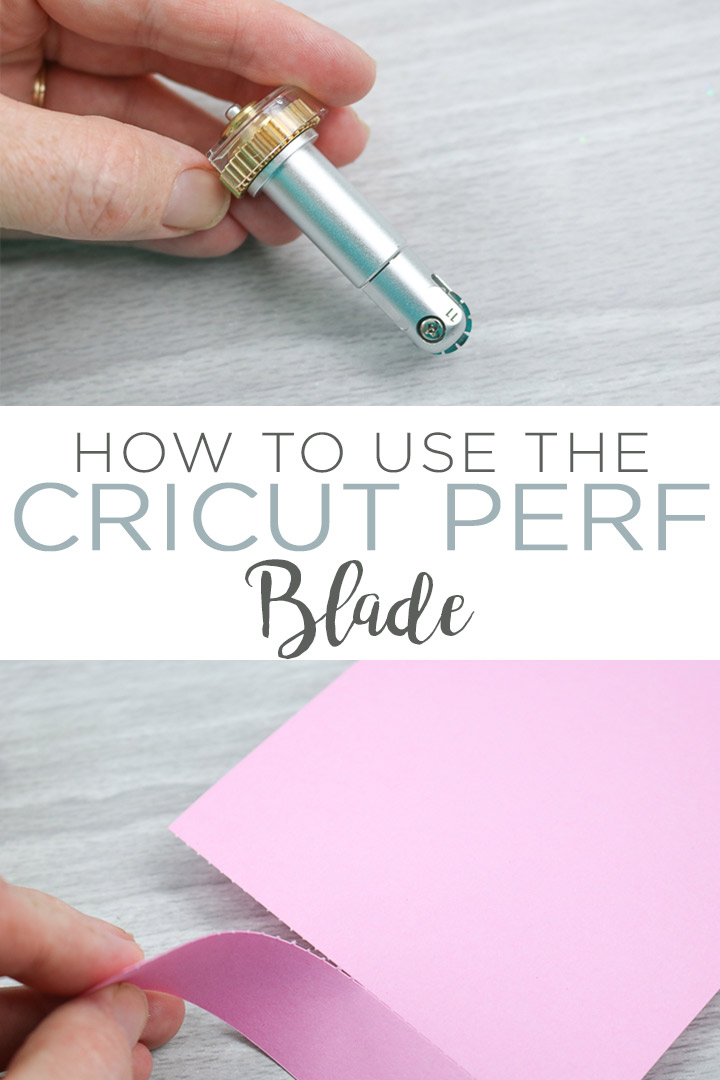
You can also see my posts on the Wavy, Deboss, and Engraving tips. The perforation tip is ideal for projects requiring a tear-away line. Simply change the line type to perforation, and you’re ready to cut. See how easy it is below!
Remember, the Cricut Perforation tool is only compatible with the original Cricut Maker, Maker 3, and Maker 4 models. Check out my tests below.
What is the Cricut Perforation Blade?
If you want to add perforated lines to your projects using a Cricut Maker, there is a simple method to do it. The Cricut perforation tool lets you transform regular lines into perforated lines, allowing for precise cuts in just a few seconds.

The perforation blade itself comes with a protective cover to protect both your hands and the blade.
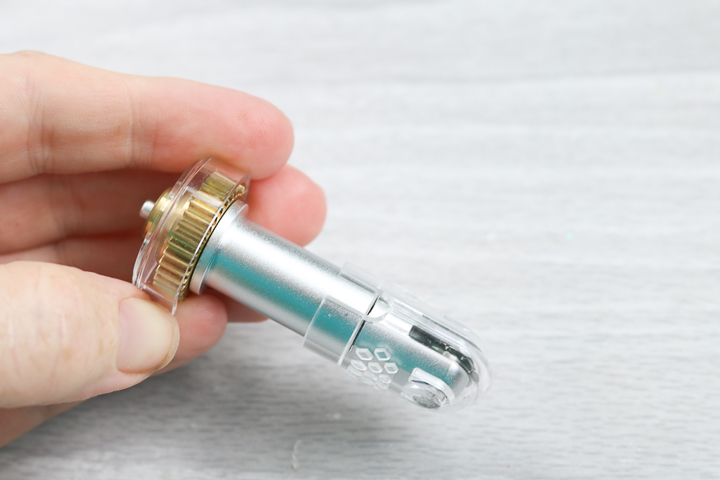
You will need to pull off the cover before use.

The tool itself is similar to the rotary blade, but it has indentations in the blade that will leave perforations when cutting.
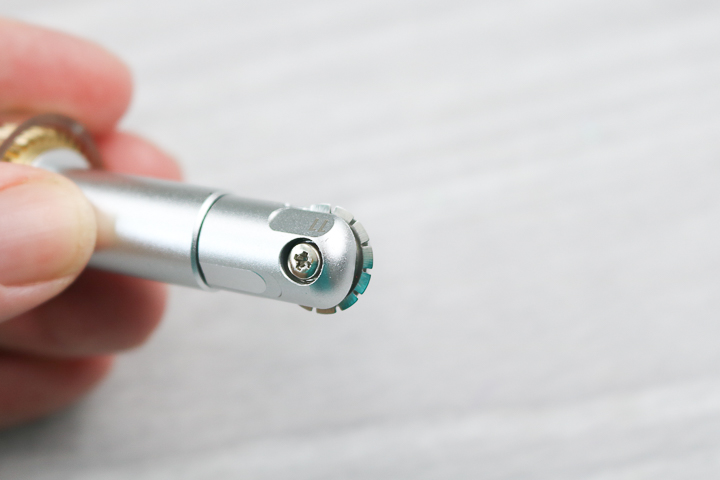
You can also tell it apart from the other blades by the number. The Cricut perforation tip has an 11 engraved on the side to help you distinguish it from the different tips.

This tool is another addition to the lineup that works with the QuickSwap housing. That means you only need one housing and can use multiple tips with it. Want to see how the QuickSwap housing works? Head here for a short video!
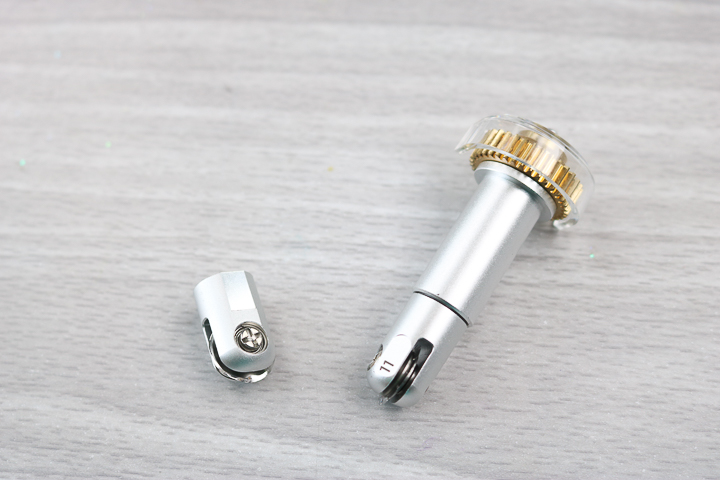
Putting the Cricut Perforation Blade in the Cricut Maker
You will need to attach the Cricut Perforation Blade to the cutting side of the machine's tool holder, clamp B. The machine will stop, and Cricut Design Space will prompt you to add the perforation blade.
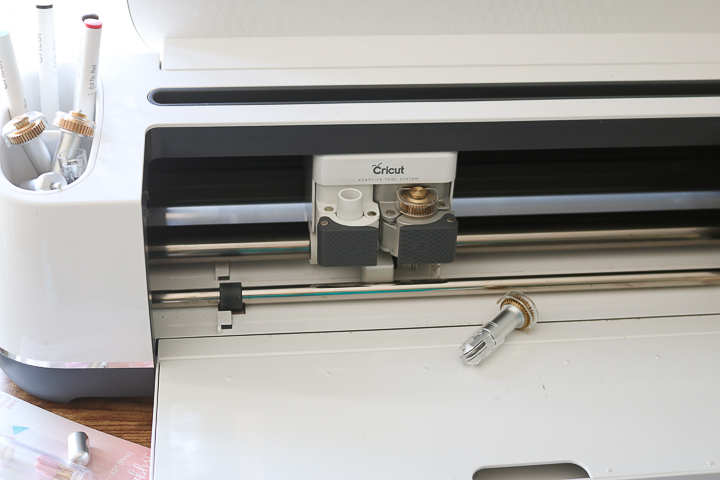
Remove the protective cap.

Then, add the Cricut perforation tool directly into clamp B, the cutting side of your machine, and close the clamp. It's now ready to use!

Cricut Perforation Blade Video
Want to see the Cricut Perforation Blade for the Cricut Maker machines in action? You can watch the video below! I also show you how to change your lines to perforated lines in the video, so be sure to watch that part as well.
Can't watch the video or missed some of the details? You can follow along with my cutting experiments on a wide variety of materials below.
What materials can you cut with the Cricut Perforation Tool?
There is an official list of compatible materials that can be used with the Perforation Tool for the Cricut Maker. You can find all of those below:
- Acetate (including foil version)
- Cardstock (light, medium, and heavy)
- Construction Paper
- Copy Paper – 20, 24, and 32 lb.
- Craft Foam
- Crepe Paper (Extra Fine and Heavy)
- Deluxe Paper
- Faux Leather (Paper Thin)
- Felt
- Flocked Paper
- Foil Embossed Paper
- Foil Holographic Kraft Board – Neon
- Glitter Cardstock
- Glitter Craft Foam
- Heavy Watercolor Paper – 140 lb.
- Kraft Board
- Kraft Cardstock
- Light Glitter Paper
- Light Patterned Paper
- Metallic Poster Board
- Parchment Paper
- Pearl Paper
- Photo Paper
- Poster Board (including foil version)
- Shimmer Paper
- Sparkle Paper
- Sticker Paper, Removable
- Tooling Leather 2-3 oz. and 4-5 oz.
- True Brushed Paper
- Vellum
- Washi Sheet
I wanted to put this tool to the test, so I used the Cricut perforation blade to cut eight materials. You can see all of the results below. For each experiment, I cut a 4×6 card with a perforation line down one side.
Copy Paper
To test copy paper, I used the copy paper that I regularly use in my printer. The Perforation Blade worked great!

The tear was also just perfect!
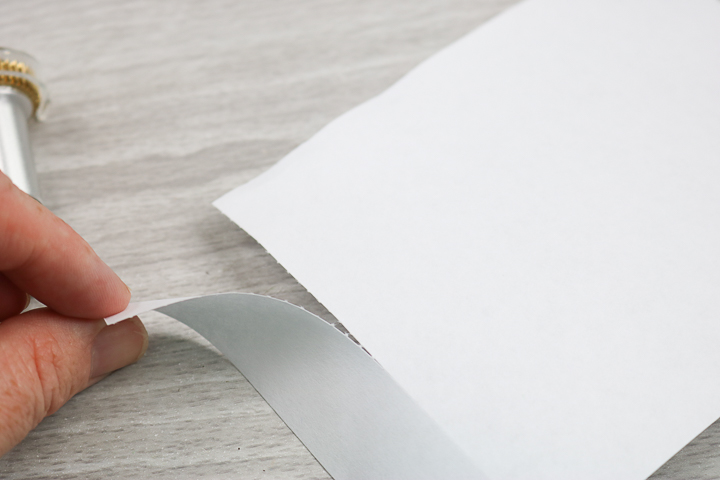
Cardstock
This was a light to medium cardstock that I had on hand. The perforation line itself looked great coming out of the Cricut Maker.
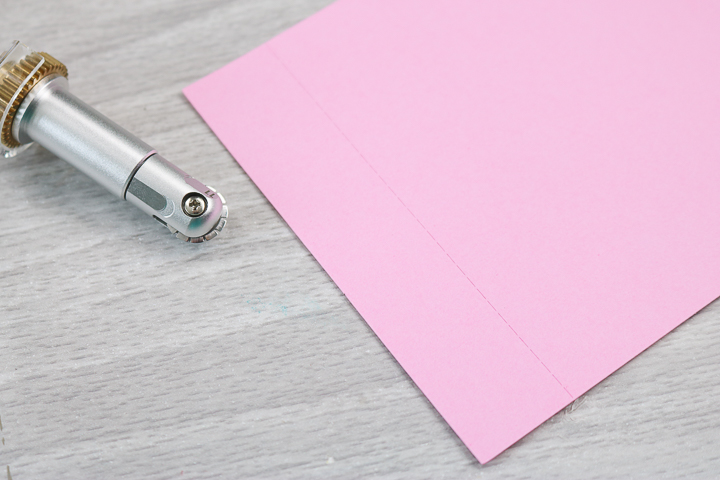
I also found that it tore perfectly.
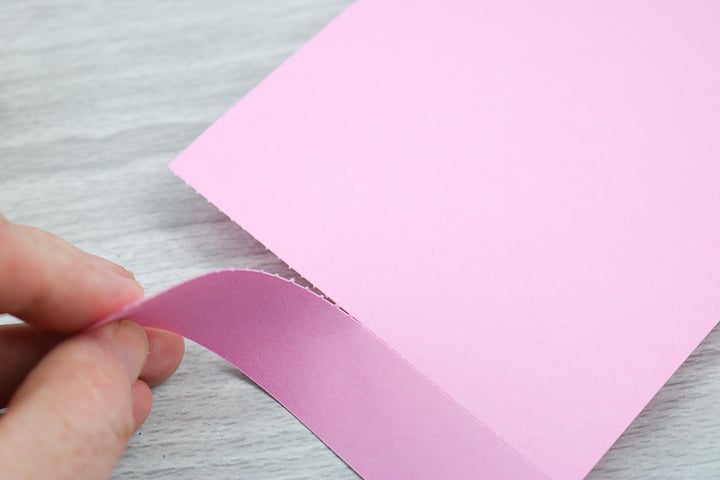
Glitter Cardstock
I will say that the Cricut Perforation Blade worked perfectly on this material, but the perf line is nearly impossible to see from the front.

It does, however, tear perfectly, so the blade works great.

Kraft Board
I went a little thicker to see what the Cricut Perforation Blade can really do. Kraft board is a really heavyweight cardstock, and the tool did great.

Once again, the tear in the material across the perforation line was almost perfect.
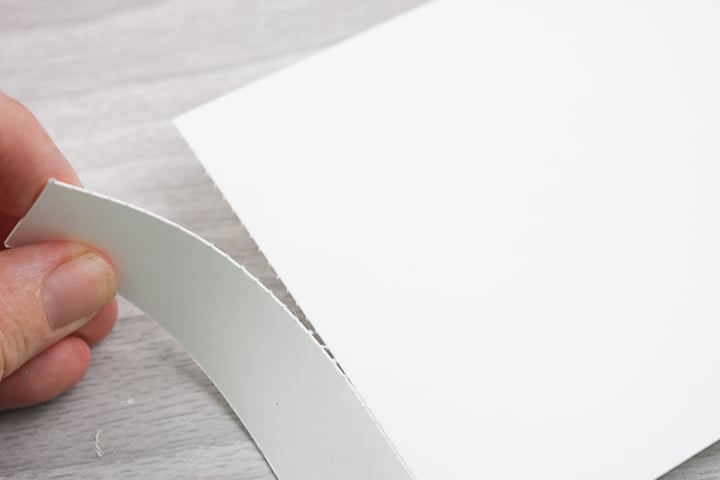
Acetate
I also wanted to try a few unusual materials. Acetate is a really thin plastic material, and the tool worked great here as well.

The tear was still clean even on this uncommon material.
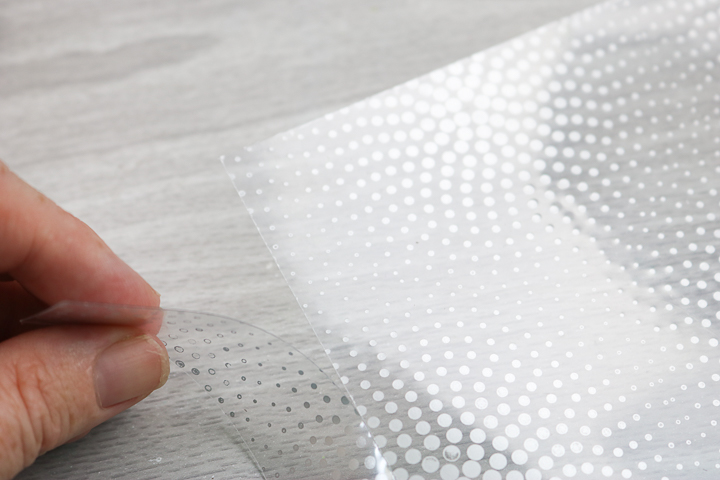
Felt
Yes, you can even cut something like felt with the Cricut Perforation Tip! You can't really even tell where it cut the material once you remove it from the mat.
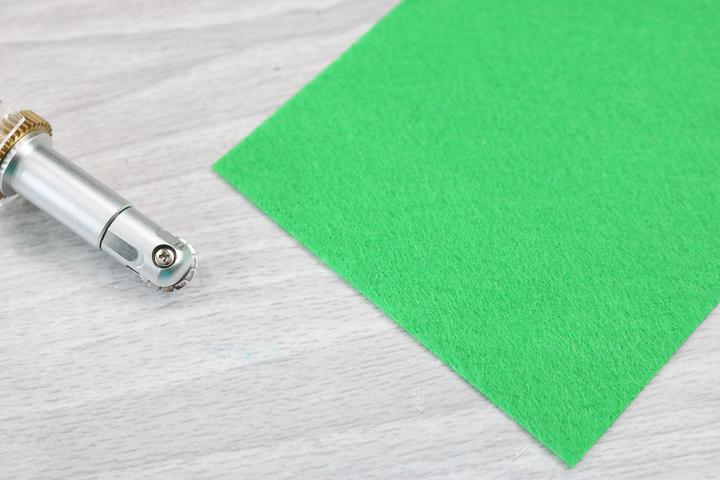
The tear is not very clean and is slightly hard to pull. It does work; however, note how the felt frays a bit.

Faux Leather
You cannot see the perforations on faux leather once it's cut.

The tear, however, is cleaner than I expected. There is some fraying, but overall, the Cricut Perforation Tool does a great job here.

Craft Foam
I really didn't have high hopes that this would actually work great, but I was pleasantly surprised. The perf line looks great on craft foam, too!
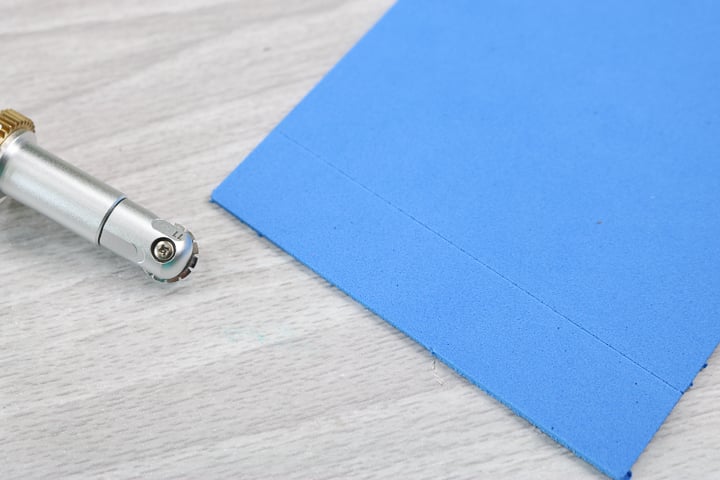
Plus, the tear is really, really clean! I am excited about the possible projects with craft foam and the Cricut Perforation Blade.
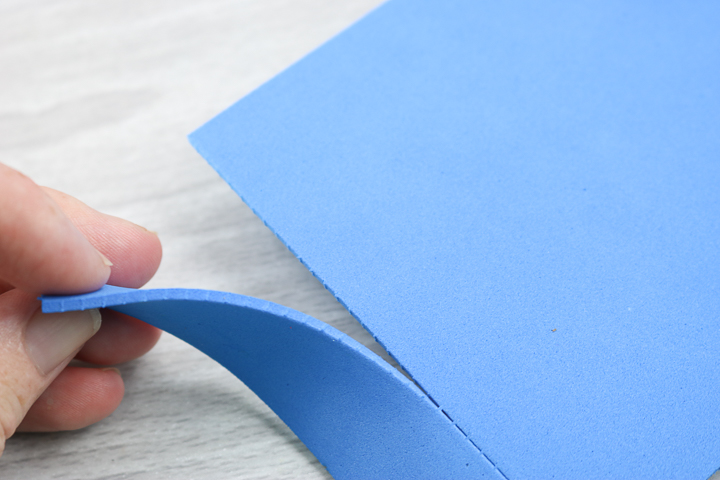
Do you need the Cricut Maker Perforation Tool?
Do you REALLY need this new tool for the Cricut Maker? You can actually draw shortcut lines to achieve the same effect as this blade. It may take some time, but it is doable.
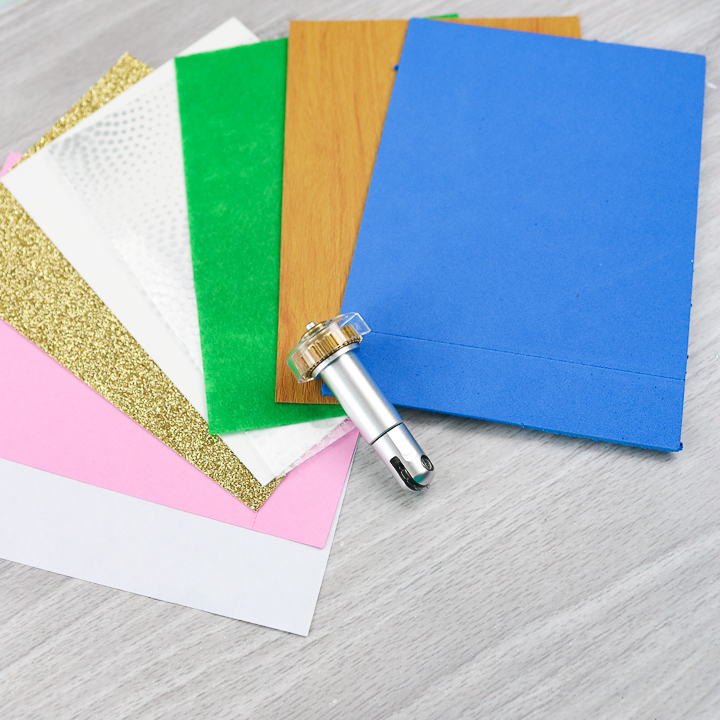
So, I would say there are a few cases where the Cricut Perforation Blade is absolutely required:
- If you use perforation lines in a lot of projects.
- If you want to make curved perforation lines or perf lines in a pattern.
- Or if you want to save time when creating and will be using perf lines in your projects.
In any of these situations, the Cricut Perforation Tool is the answer for you. Or if you just want to play with a really fun new tool, then definitely pick one up as well. It is a fun new addition to the Cricut Maker machine tool family that opens up some new crafting possibilities. I, for one, am all about new craft ideas and experimenting with new things. So, it was really a no brainer for me! But you might want to weigh your options before picking up the new Cricut Perforation Blade for yourself.

We would love to see what you are making with your new Cricut Maker tools! Be sure to join our Facebook group and show off your creations.
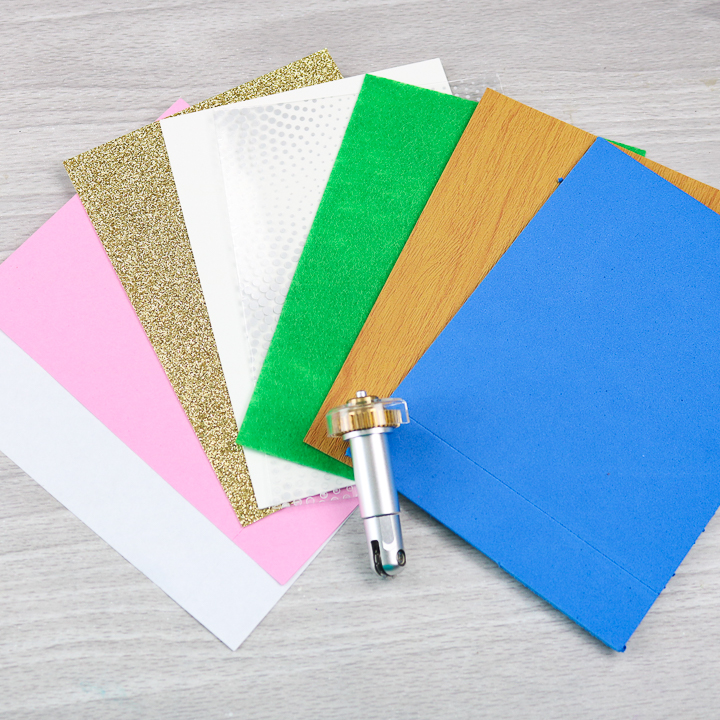
The new perforation tool from Cricut has a ton of fun possibilities! I know that I am dreaming up a few projects myself. What about you? Will you be purchasing the new Cricut Perforation Blade?

Love this post on the Perforation Blade for the Cricut Maker and want more ideas? Try the links below!
- How to Make Stickers with a Cricut
- The Best Way to Engrave Leather with the Cricut Maker
- Can the Cricut Cut Leather?
- Can the Cricut Maker Cut Acrylic?
- Make Your Own Koozie with a Cricut
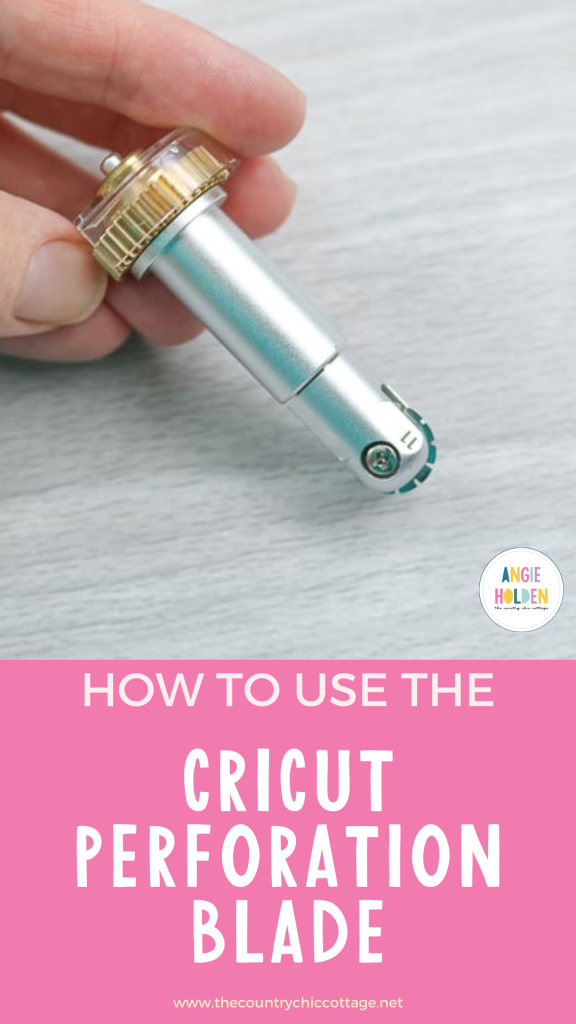
New to Cricut?

Sign up for our email list to download the Beginner's Guide to Cricut Design Space for FREE today!
Sign up to get the guide emailed to you!












This is awesome. But I have the old Cricut machine. I don’t have the new Cricut machine that has all the fancy on line options that you showed. Can I still use the perforated cutting blade?
The perforation blade is only for the Maker!